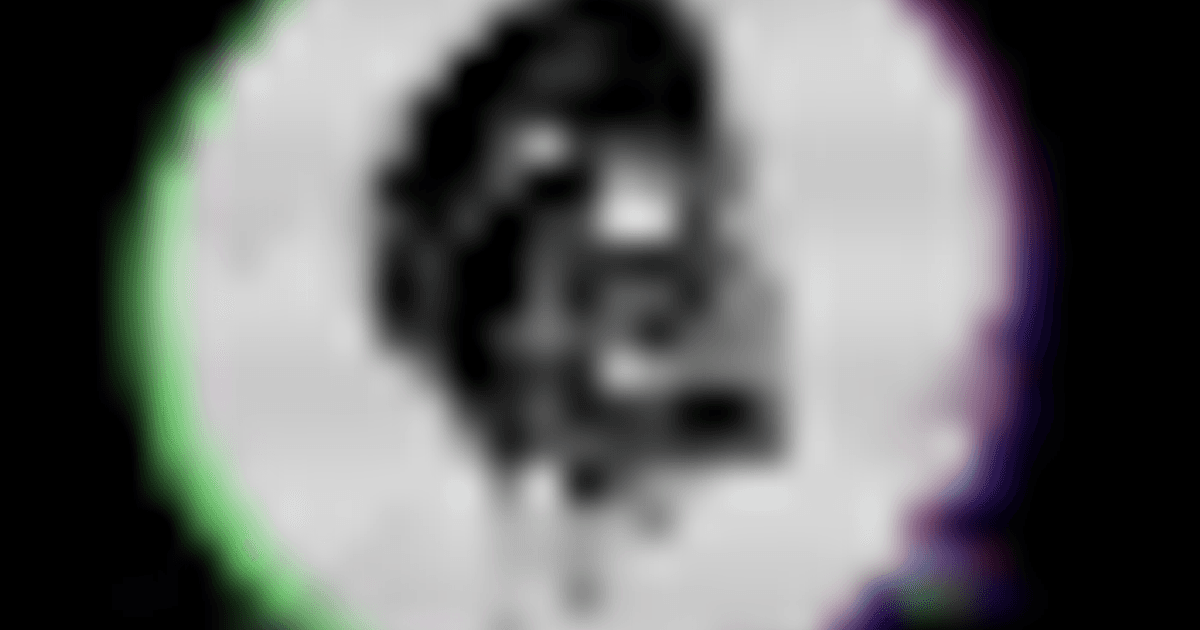‘Fear Effect’ Is a Flawed But Gorgeous Cult Classic 25 Years Later [Retrospective]

If you’ve followed my writing here, you know that I’m a big fan of the old school, fixed camera survival horror genre. The original PlayStation era was a time that helped define my tastes in video games, with Silent Hill in particular making a huge mark on my interests for decades to come.
Even with my love of the genre, there were still games that slipped past me, despite looking right up my alley. A few years ago, I ran across one of those classics at a used game store and picked it up – Fear Effect. For whatever reason, I never got around to giving it a spin, but now for its 25th anniversary, I fired it up to find out what I was missing.

Somehow in the last quarter century, despite having my eye on this game, I never actually knew what the general premise was. At the beginning, it wasn’t actually clear to me that this was a horror game. You play as a trio of mercenaries, Glas, Deke, and Hana, trying to track down the daughter of a Hong Kong Triad boss in the middle of Hong Kong around the year 2050. I was a bit confused that it didn’t lean into more future tech given the timeframe, but it does have some of the neon future vibes that you see in cyberpunk media. By the time you move onto the second disc, the game begins to show the horrors at its core. Demons, brothels, and a trip straight to a Chinese folklore inspired Hell await the three characters as they progress through the action-focused adventure. Even though you play as all three of them, Hana definitely rises to the top as the main character, as the drama unfolding is revealed to be linked to her past.
What makes Fear Effect stand out from its contemporaries is its extremely gorgeous and eye-catching visual style. Games like Resident Evil used the fixed perspective alongside pre-rendered backgrounds that allowed them to be more detailed than their real-time rendered counterparts on the PlayStation, but it often created environments that felt very static. Fear Effect used the same technique, except instead of still images they used looping videos as backgrounds, creating a more dynamic looking playspace. Seeing things like moving shadows or rotating fans may seem quaint now, but compared to other games of this style during this time, it looked way more alive.

To make sure the character models stand out from the environments, Kronos Digital decided to go with a cel shaded, anime-inspired look, which was also ahead of its time. The contrast looks sharp, with character models that are full of personality. All the high quality (for the time) video that’s used for backgrounds takes up a lot of space, so this game comes on four discs, despite being under three hours for experienced players. Each of the four locations is on its own disc, which is very funny compared to how much is on games like Final Fantasy VII or Metal Gear Solid.
The devs leverage this great visual style during the thrilling and cinematic cutscenes throughout the game. This is definitely a late era PlayStation game that learns a lot from the film-like flair of games like Metal Gear Solid, with action sequences that would feel at home in a Hong Kong action flick. Even though it features some dark subject matter, it never takes itself too seriously, presenting everything with a cheesy B-movie tone, in the best possible way.

There are some “sexy moments” that felt transgressive and titillating at the time, but feel pretty cringy now. Things like walking around in a towel after a shower scene or changing into a skimpy outfit to go undercover as a sex worker feel less like genuine narrative moments and more like ways to try to appeal to teenage boys of the early 2000s. As I was reading up on interviews from around the game’s release, this was definitely a talking point about Fear Effect, with interviewers asking questions about ‘nude codes’ when talking to developers. I’m not against the use of sexual content in video games and fully acknowledge that this was a different time for the medium, but these kinds of things always felt pretty tacky to me. Given that I grew up seeing the very sexual print ad campaign for the sequel, I was actually expecting way more of this. Overall, it didn’t really distract from the experience, but it definitely reminded me that it was coming from a specific time and place.
The action-oriented focus of the cutscenes carries over into the gameplay, featuring far more combat than a typical survival horror game. Unfortunately, the tank controls the game uses don’t keep up with the more demanding pace. One big difference from other games in the genre is that most of the enemies in this game are shooting back at you, which requires more mobility for you to deal with effectively. Fear Effect does feature a quick 180 turn button as well as a dodge roll option, but given the way the fixed camera angles work it can be hard to orient yourself quickly when under pressure. Rolling always felt like a panicky mess rather than the deliberate action ballet that it’s trying to evoke.

You’ll have access to a wide variety of weapons, including pistols, shotguns, and assault rifles, but unfortunately switching between them involves using a clunky menu that doesn’t actually pause the action. Most of the time you’re just sticking with the ‘best’ weapon, as individual enemies aren’t weak to a specific approach, but if you run out of ammo for one of them in the middle of a shootout, it’s a real pain to equip another one while also trying to dodge incoming attacks.
One thing that really surprised me was the amount of cheap deaths I ran into throughout the game. Even outside of the combat, which sometimes put me into a room full of enemies with little warning thanks to an unhelpful camera angle, there were lots of maze-like moments that would result in instant death if you screwed up. If you misread the timing on an electrified floor, you’ll be at the game over screen reloading your last save immediately. I also felt like the player feedback when you’re getting damaged wasn’t as clear as it needed to be, leading me to lose a lot of health without knowing, especially in boss fights. Fortunately the game has pretty frequent save points, but the amount of trial and error in this game really made a lot of sections a slog.

My absolute favorite part of survival horror games is the tight level design full of clever shortcuts that unlock and make backtracking a breeze, but unfortunately this is not a strong suit of Fear Effect. The environments look great, but are never that fun to get around or explore. There’s lots of backtracking involved, and you’ll be doing it with each of the characters without much change in the level. It feels like the multiple character gimmick was a way to make things feel more varied while you’re retreading the same area over and over, but it doesn’t quite hide the repetition.
The series saw one sequel from the original team on the PlayStation, Fear Effect 2: Retro Helix, as well as a 2018 sequel from a different developer entirely that switched the action from fixed camera angles to an isometric perspective. At one point, there was a remake in the works called Fear Effect Reinvented, but that ended up falling apart. Last year, Limited Run Games announced they would be bringing the original game to PC and modern consoles, and I would definitely recommend fans of the genre give it a go when it’s released. Despite all my misgivings, I think Fear Effect is a neat game that’s worth checking out. It didn’t age quite as well as Resident Evil or Silent Hill, but there’s still a lot to make this stand out. Its action-oriented story and unique use of Chinese mythology set it apart from its competitors, and the forward thinking cel-shaded visual style still is impressive to this day.
The post ‘Fear Effect’ Is a Flawed But Gorgeous Cult Classic 25 Years Later [Retrospective] appeared first on Bloody Disgusting!.

